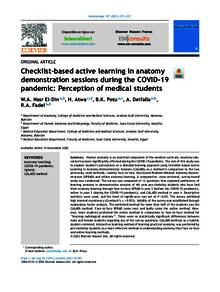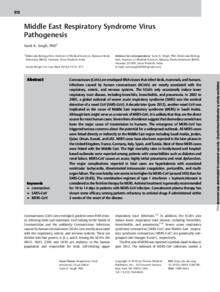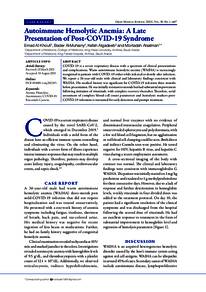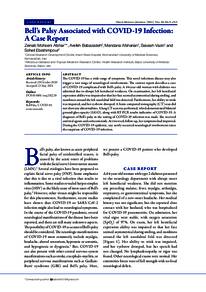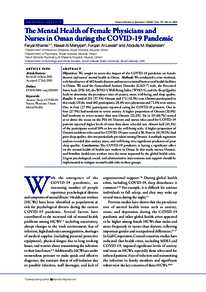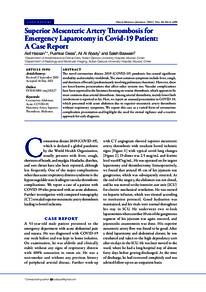وثيقة
Checklist-based active learning in anatomy demonstration sessions during the COVID-19 pandemic : perception of medical students.
المساهمون
الناشر
ScienceDirect.
ميلادي
2023
اللغة
الأنجليزية
الملخص الإنجليزي
Human anatomy is an essential component of the medical curricula. Anatomy edu cation has been significantly affected during the COVID-19 pandemic. The aim of this study was
to explore student's perceptions on a blended learning approach using Checklist-based Active
Learning in Anatomy Demonstration Sessions (CALADS) as a method in comparison to the two
previously used methods; namely face-to-face Structured Problem-Related Anatomy Demon strations (SPRAD) and online anatomy learning. A comparative, cross-sectional, survey-based
study was conducted. The survey was composed of 13 questions that explored preference of
learning anatomy in demonstration sessions of 4th year pre-clerkship students who have had
their anatomy learning through face-to-face SPRAD in year 2 (before the COVID-19 pandemic),
online in year 3 (during the COVID-19 pandemic), and CALADS method in year 4. Descriptive
statistics were used, and the level of significance was set at P < 0.05. The survey exhibited
high internal consistency (Cronbach's = 0.953). Validity of the survey was established through
exploratory factor analysis. The preferred method for more than half of the students was the
CALADS method. Face-to-face SPRAD came next and lastly came the online method. How ever, more students preferred the online method in comparison to face-to-face method for
''learning radiological anatomy''. There were no statistically significant differences between
male and female students regarding any of the survey questions. CALADS method, as a hybrid,
student-centered, interactive learning method of learning practical anatomy, was preferred by
pre-clerkship students as a more effective method in understanding anatomy than face-to-face
and online learning methods.
المجموعة
ISSN
1286-0115
قالب العنصر
مقالات الدوريات

